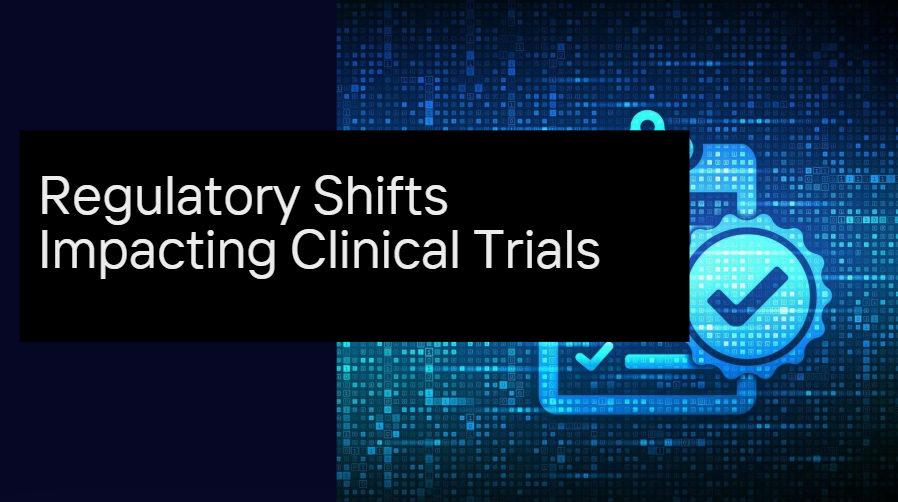In 2025, the health sector is witnessing a seismic shift driven by consolidation, innovation, and strategic realignment. Mergers and acquisitions (M&A) are no longer just about scaling operations—they’re about transforming business models, unlocking new technologies, and preparing for a digitally integrated healthcare future. As companies grapple with rising costs, aging populations, and the demand for personalized care, M&A activity has become a vital mechanism for survival and growth.
Below, we explore the top trends defining the future of healthcare M&A in 2025, and what stakeholders—from investors to healthcare providers—should watch as the market accelerates.
1. The Rise of Tech-Driven Consolidation
The convergence of healthcare and technology continues to fuel some of the most significant deals in the sector. In 2025, companies are aggressively acquiring digital health startups, AI analytics platforms, and remote monitoring firms to strengthen their data capabilities and care delivery systems.
Major players in pharmaceuticals and hospital systems are investing in health tech to automate diagnostics, streamline patient pathways, and integrate virtual care models. This has led to a sharp increase in acquisitions of AI companies focusing on clinical decision support, predictive analytics, and patient engagement.
📌 Example: Several large hospital groups in Europe and the US have acquired remote patient monitoring companies to enhance post-discharge care, reducing readmissions and improving outcomes.
2. Biotech M&A Is Booming—Again
Biotech M&A remains one of the most lucrative and active segments in 2025, with big pharma racing to acquire late-stage assets and promising therapeutic platforms. As R&D pipelines dry up and patents expire, pharmaceutical companies are turning to agile biotech firms with breakthrough treatments, particularly in oncology, CNS disorders, gene editing, and rare diseases.
Valuations remain high, especially for companies with regulatory approvals or Phase II/III assets. But unlike the frenzied activity of previous cycles, 2025’s biotech M&A is more data-driven, with acquirers demanding robust trial data, scalable manufacturing, and defined market access plans.
📌 Investor Insight: Early-stage biotechs with differentiated IP and strategic collaborations are top acquisition targets. Investors are closely watching for near-term exits from small-to-mid cap players.
3. Cross-Border Deals Are Picking Up Momentum
With globalization reshaping healthcare access and supply chains, cross-border M&A is accelerating. European, US, and Asian firms are engaging in cross-jurisdictional acquisitions to enter high-growth markets, secure manufacturing capabilities, and diversify clinical pipelines.
Regulatory alignment efforts—such as harmonized EU health standards and fast-tracked approvals for global trials—are reducing barriers to international deal-making. Companies in markets like Germany, the UK, India, and Australia are increasingly seen as strategic acquisition hubs due to their innovation ecosystems and favorable healthcare policies.
📌 Notable Development: Australia’s biotech and medicinal cannabis companies have emerged as hot M&A targets for European acquirers seeking regulated cannabinoid therapies and cost-efficient production.
4. Cannabis-Based Therapeutics Are M&A Catalysts
One of the most exciting M&A frontiers in 2025 is cannabinoid medicine. With expanding regulatory approval for CBD- and THC-based treatments—particularly in epilepsy, anxiety, and pain management—companies specializing in pharmaceutical-grade cannabis formulations are attracting significant buyout interest.
Firms with clinical data, EU-GMP manufacturing, and access to programs like the UK’s RESCAS or Ireland’s Medical Cannabis Access Program are particularly attractive. As investors recognize the clinical legitimacy and market potential of cannabinoid therapeutics, expect more vertical and horizontal M&A activity in this niche.
📌 Growth Projection: The medical cannabis market is projected to exceed $60 billion globally by 2030, with pharmaceutical M&A driving a substantial portion of market consolidation.
5. Private Equity Is Doubling Down on Healthcare
Private equity (PE) firms are playing an increasingly dominant role in shaping the M&A landscape. In 2025, PE funds are not just acquiring individual clinics or labs—they’re building entire integrated healthcare ecosystems by bundling digital health platforms, specialty practices, and wellness services.
Their focus? Scalable, tech-enabled models with recurring revenue, strong EBITDA margins, and clear pathways to digitization. The success of value-based care and home health models has only deepened PE interest in asset-light, consumer-focused health services.
📌 Trend Alert: PE-led rollups in outpatient mental health, fertility, and chronic disease management are expected to accelerate, especially in the US and Europe.
6. ESG and Impact-Driven M&A
Environmental, Social, and Governance (ESG) principles are now integral to M&A strategy. In 2025, acquirers are prioritizing deals that align with sustainable health practices, equitable access, and ethical governance.
This has led to a rise in M&A among companies focused on public health infrastructure, access to generics, digital equity, and climate-resilient healthcare delivery. Institutional investors increasingly screen targets based on ESG metrics, influencing both valuations and due diligence practices.
📌 Strategic Focus: Companies with strong ESG ratings and demonstrable social impact—such as those operating in underserved regions—are more likely to attract interest and premium valuations.
7. The Role of AI in Target Identification and Due Diligence
Artificial intelligence is transforming how M&A decisions are made. In 2025, advanced analytics platforms are being used to assess pipeline viability, forecast reimbursement potential, and conduct due diligence in record time.
AI tools also help screen vast amounts of clinical trial, regulatory, and market data to identify undervalued acquisition targets. For acquirers, this means faster decisions with greater confidence—and for startups, it means being “discovered” earlier based on hard data rather than hype.
📌 Key Development: Predictive M&A tools are being adopted by top investment banks and corporate development teams to gain a competitive edge.
What This Means for 2025 and Beyond
The M&A landscape in healthcare is more strategic, international, and tech-driven than ever before. Consolidation is being driven not just by cost pressures but by the need for better patient outcomes, innovation, and digitization. Companies that combine therapeutic innovation with digital scalability and strong regulatory frameworks are the most likely to thrive.
Investors should watch for:
Early-phase biotech firms with validated cannabinoid or CNS pipelines
Health tech startups with B2B enterprise solutions in diagnostics and remote care
Cross-border acquisitions that bring regulatory or manufacturing synergies
PE-driven platforms offering consolidation in high-demand specialties
The health sector’s M&A momentum in 2025 is far from peaking. With strong tailwinds from technology, regulation, and investment appetite, the industry is poised for even more transformative deals. For those tracking innovation and looking for value, understanding these trends is essential—not just to anticipate the next big acquisition, but to align with the future of care itself.



